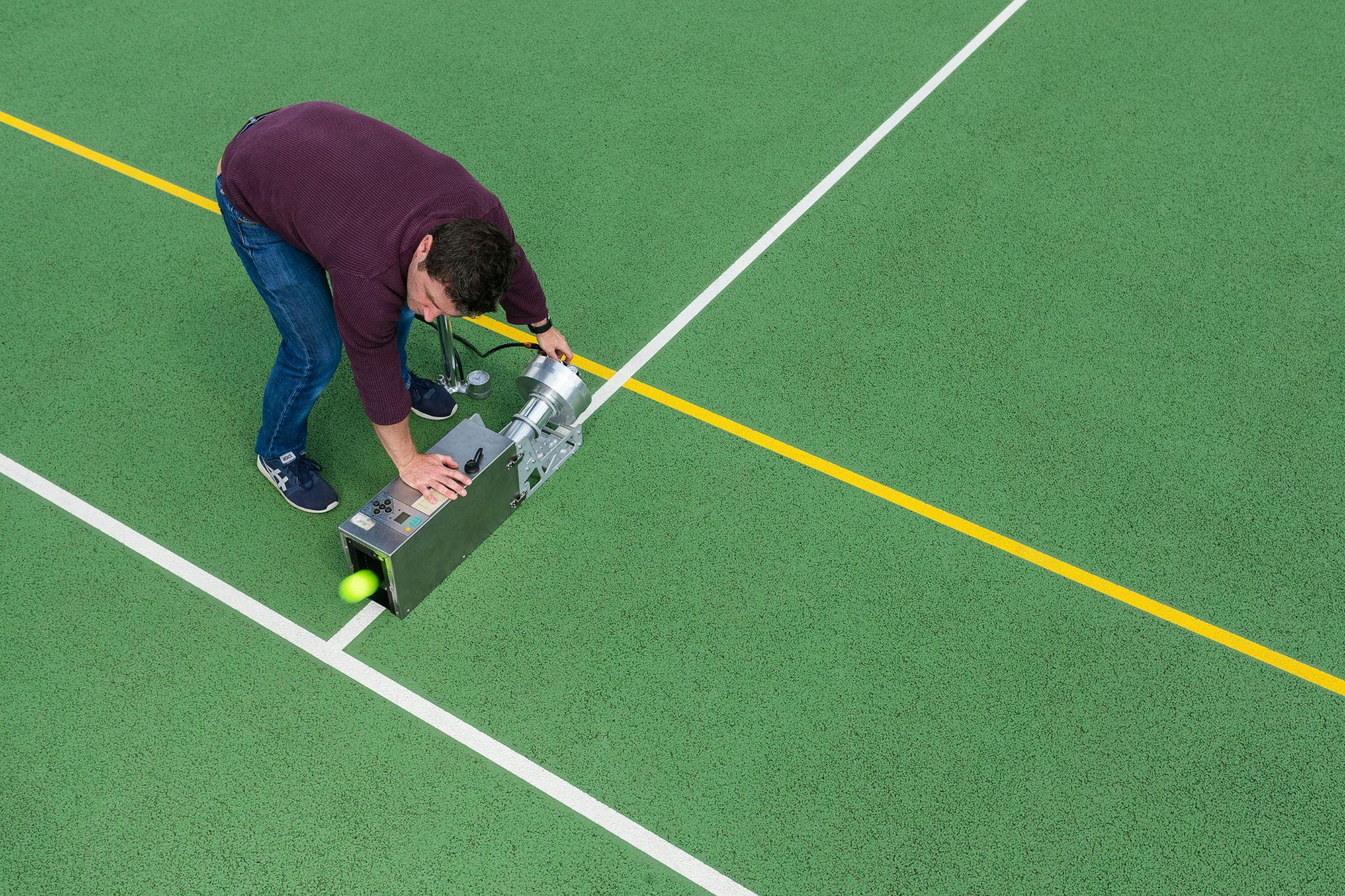Sports technology in ultra-modern times has advanced pretty much everything given the fact that it has enhanced how athletes work, recuperate, and compete at different levels. Every sporting professional in today’s world requires cutting edge technology which helps them in optimizing their performance and minimizing the risk of injuries. Moreover, new technology in betting has emerged which focuses more on statistics and player data over intuition, as well as analytical tools to enhance the certainty of predicting winning odds in online betting.

The Power of Wearable Technology
Along with other branches of sports science, the development of wearable technology in sports is remarkable. As athletes and coaches are able to track their performance using devices like GPS, heart rate monitors, and motion sensors to an astounding level of accuracy, these tools provide real-time metrics. With the aid of such devices, medical physiologists are now able to create individual training programs unique to athletes and their specific physiological needs. Routines are now modified in real time by professional teams and individual athletes, with over-training becoming a secondary concern due to maintained injury levels.
Smart clothing is another emerging field, adding to the advancements. These clothes are laced with bio-metric sensors that track muscle activation, body temperature, and hydration levels, helping the athlete avoid making uninformed decisions about their performance. Elite sports are no longer the only field where this technology is useful, with even novice athletes being able to monitor their actions in real-time.
AI and Big Data in Sports Training
The introduction of AI and big data analytics is revolutionizing the pre-competition preparations of both teams and players. Winning strategies are now possible as AI-powered software analyzes past performances, player movements, as well as biomechanics. The development of technology has enabled thousands of data points to be processed by machine learning models, patterns are then recognized, insights which were not possible in the past are now possible.
For instance, in football, AI algorithms break down match footage to analyze player formations, passing accuracy, and fatigue levels. Coaches are now able to adjust tactics on the fly with the help of AI. In tennis, smart cameras are used to track the ball and the player's movements, which provides much more accurate coaching recommendations. Also with MelBet APK download, AI-driven statistics are now available to bettors enabling them to make more informed decisions.
Recovery and Injury Prevention Innovations
The sports science field does not focus solely on performance, but is also changing how we think about recovery and injury prevention. With new techniques in rehabilitation, athletes are now able to recover and reach their peak condition quicker than ever. Cryotherapy—submerging the body in extreme cold temperature to alleviate inflammation and expedite muscle recovery—has become a staple in these rehabilitation methods.
Red light therapy, electro stimulation, and cryotherapy all work toward improving muscle regeneration. With their ability to improve blood flow, decrease soreness, and help heal damaged tissues, these methods enable athletes to perform better throughout their careers. Advanced injury prevention measures are now possible through bio-mechanical analyses which identify dysfunctional movements with injury risk.
The Role of Nutrition and Personalized Diet Plans
The practice of sports science has also changed the ways athletes are fed. Through metabolism evaluation and genetic testing, tailored meal strategies are crafted, enabling athletes to use foods that are specifically beneficial for their energy recovery. Superior hydration tracking technology helps athletes maintain proper fluid balance, which avoids dips in performance from dehydration.
Other than that, the majority of athletes now have Supplements and recovery drinks tailored to them, which are manufactured with advanced muscle synthesis research. This ensures that the right nutrients for strength and endurance are provided. With new technology along, teams are now able to continuously monitor an athlete’s metabolism, and thus, alongside predetermined targets, offer nutrition dynamically.
The Future of Sports Science
Advancements in technology might add more value to sports science, as they create endless opportunities for athletes. While physical simulators are becoming more implemented into programs, athletes can learn to practice more complex techniques without physically exerting themselves using VR or AR technologies. With these tools, critical thinking, as well as decision-making and reaction skills are improved while under duress.
Furthermore, research done on blood and genes opens a door to different training plans tailored to someone’s DNA. Scientists are looking into greater detail concerning how genetic markers will affect one’s ability to perform athletically, injury healing, and speed of recovery. This information will allow coaches to develop training that revolves around the most effective and fastest growth and recovery, which matches the performance goals set by individual athletes.
Final Thoughts
The development done in sports science enhances not only the performance capabilities of the athlete, but also the interaction done within the industry by the fans and professionals alike. The industry is evolving with the help of data, technologies that range from wearables and AI to advanced recovery methods and meal planning. Sports in general are bound to advance further as they focus on research innovation, giving athletes the chance to surpass their limits. See Sweepstakes Advantage for Sports Sweepstakes.